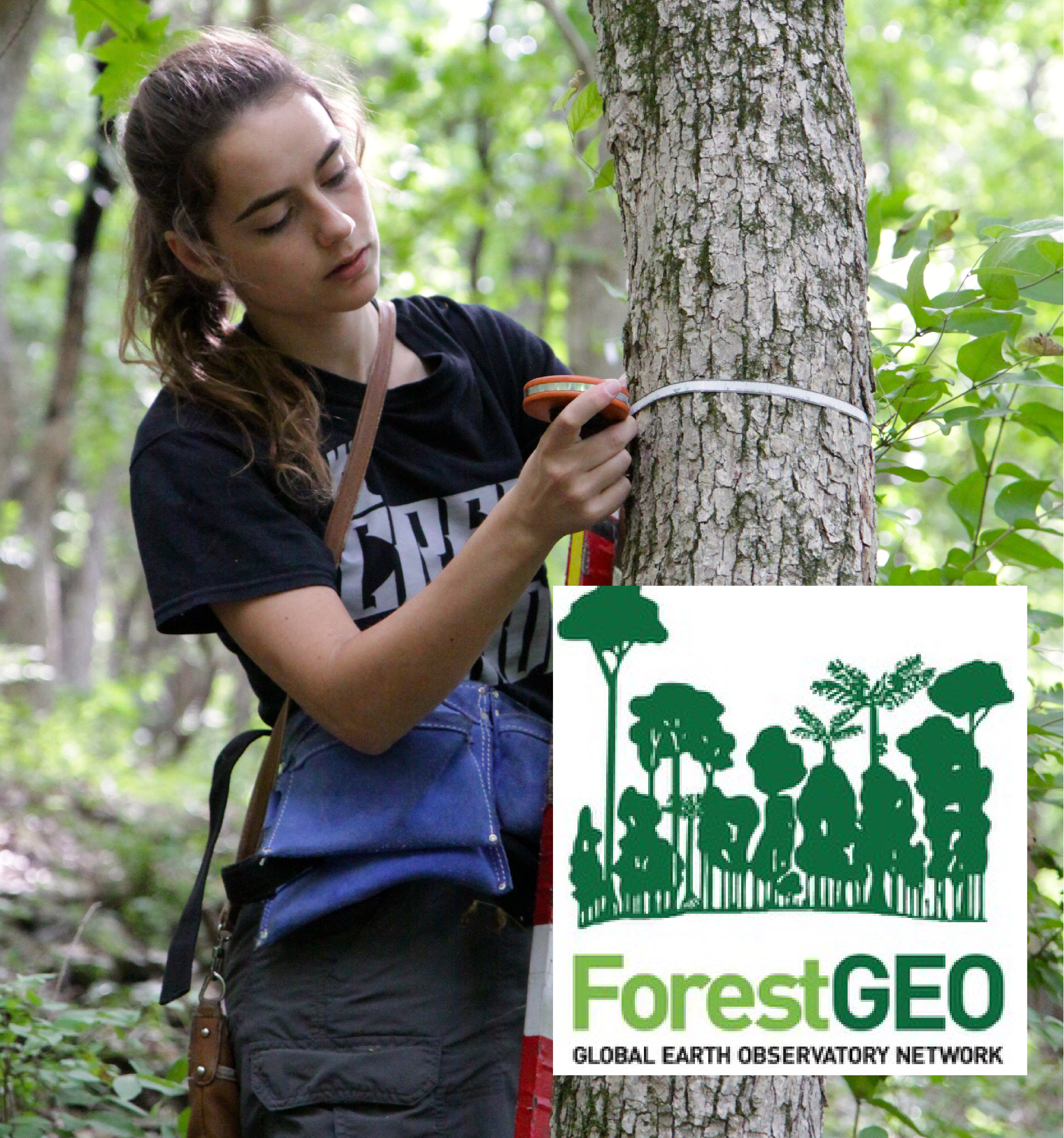Explore our research and education infrastructure
headquarters
Renovated in 2013, this building houses Tyson’s administrative and staff offices, conference room, kitchen, and shared offices for faculty, postdoctoral associates, graduate students, technicians, and visiting researchers. The maintenance shop and vehicle fleet are also based at headquarters.
living learning center
Completed in 2009, the Living Learning Center was designed to meet the most stringent green building standard of the time, the Living Building Challenge. Among other requirements, Living Buildings must create all of their electricity and harvest and treat all of their water on site. Tyson summer seminars are held in the Living Learning Center. The building also houses a computer lab and additional office and meeting space. Explore the Living Learning Center and additional Tyson sustainable operations.
research lab
Tyson is home to a modern 4,000-square foot laboratory building. In addition to common spaces, there are five separate lab rooms containing freezers, drying ovens, insect growth chambers, microscopes, and standard lab equipment.
research garden
Completed with a National Science Foundation infrastructure award in 2014, the Tyson Research Garden is located adjacent to the laboratory building and irrigated with captured rainwater. The garden is composed of five 18m x 8m units, which can be further subdivided to match research needs. Three of the units are configured with frames to allow easy installation of rainout material or shade cloth.
See Tyson facilities from a drone’s eye view
Experimental Forest Plots
Established in 2016, 16 paired 2.5-hectare plots have been gridded and mapped to study the long-term effects of prescribed fire in oak-hickory forest. Each pair of plots consists of adjacent experimental (burned) and control (unburned) plots, with marked grid points every 20 meters. Eight experimental plots were first burned in spring of 2017.
Tyson Forest plot
In 1981, Carol Hampe and Dr. Victoria Sork established and mapped a 4-hectare oak-hickory forest plot at Tyson to mirror pioneering efforts led by Drs. Stephen Hubbell and Robin Foster at Barro Colorado Island, Panama in 1980. Three decades later, Dr. Jonathan Myers has re-established and expanded the plot to 25 hectares to provide a unique long-term dataset for the Ozark forest ecoregion. The plot is a node in the Smithsonian Institute Global Earth Observatories network. The project has identified over 39,000 stems to date, and contributed to numerous publications.
tyson annex property
Located about 12 kilometers southwest of Tyson, our annex property is 45 hectares within the LaBarque Creek watershed. The Annex has unique habitats due to the presence of St. Peter sandstone. In 2017, Tyson partnered with The Nature Conservancy to stabilize the LaBarque Creek streambank here.
rainwater collection
Rainwater is captured and stored inside eight large tanks that have a total capacity in excess of 20,000 gallons. Stored rainwater can be pumped to the Research Garden as needed or used for a variety of research purposes, including filling aquatic mesocosms.
Experimental Ponds
Constructed in 2008, Tyson has 12 lined, experimental ponds measuring 6m in diameter and 1m deep. The experimental ponds are located within oak-hickory forest and are separated from each other and from other water bodies by at least 500m. These ponds have been used for a variety of amphibian and invertebrate experiments over the years.
deer exclosures
Established in 2010, Tyson has 16 paired plots to study the effects of white-tailed deer exclusion. Each pair of plots consists of one 50m x 50m fenced exclosure (deer-free treatment) and an unfenced 50m x 50m adjacent plot.
Experimental Glades
In addition to natural glade habitat, Tyson has 20 restored glades of varying sizes and shapes maintained with periodic burns. They range in size from small (400m2), medium (1600m2), to large (6400m2). Learn more about the original experimental design.Experimental Prairie
Our 2-hectare prairie is divided into 102 subplots measuring 10m x 10m. This former cropland was tilled and direct seeded with native grasses and wildflowers within an experimental framework. This study looks at how well invasive Lespedeza cuneata can establish in high/low nutrients and how well it establishes when it is seeded into a freshly disturbed field vs. an established prairie. In addition, forb and grass dominance were manipulated in plots to see how lespedeza responds.Ponds
Tyson has six permanent and ephemeral ponds constructed in the early 1970s for various amphibian experiments. These ponds have been monitored throughout the years but are typically not manipulated.
Aquatic Mesocosms
Tyson has a large collection of aquatic mesocosms (cattle tanks) that have been used in various manipulative experiments. These tanks range in volume from 300 to 1,000 gallons and have been used for biodiversity studies on aquatic invertebrates, fish, and plants. Some of these tanks are set up in fields with established plant and animal colonies, and others are stored for future use.















